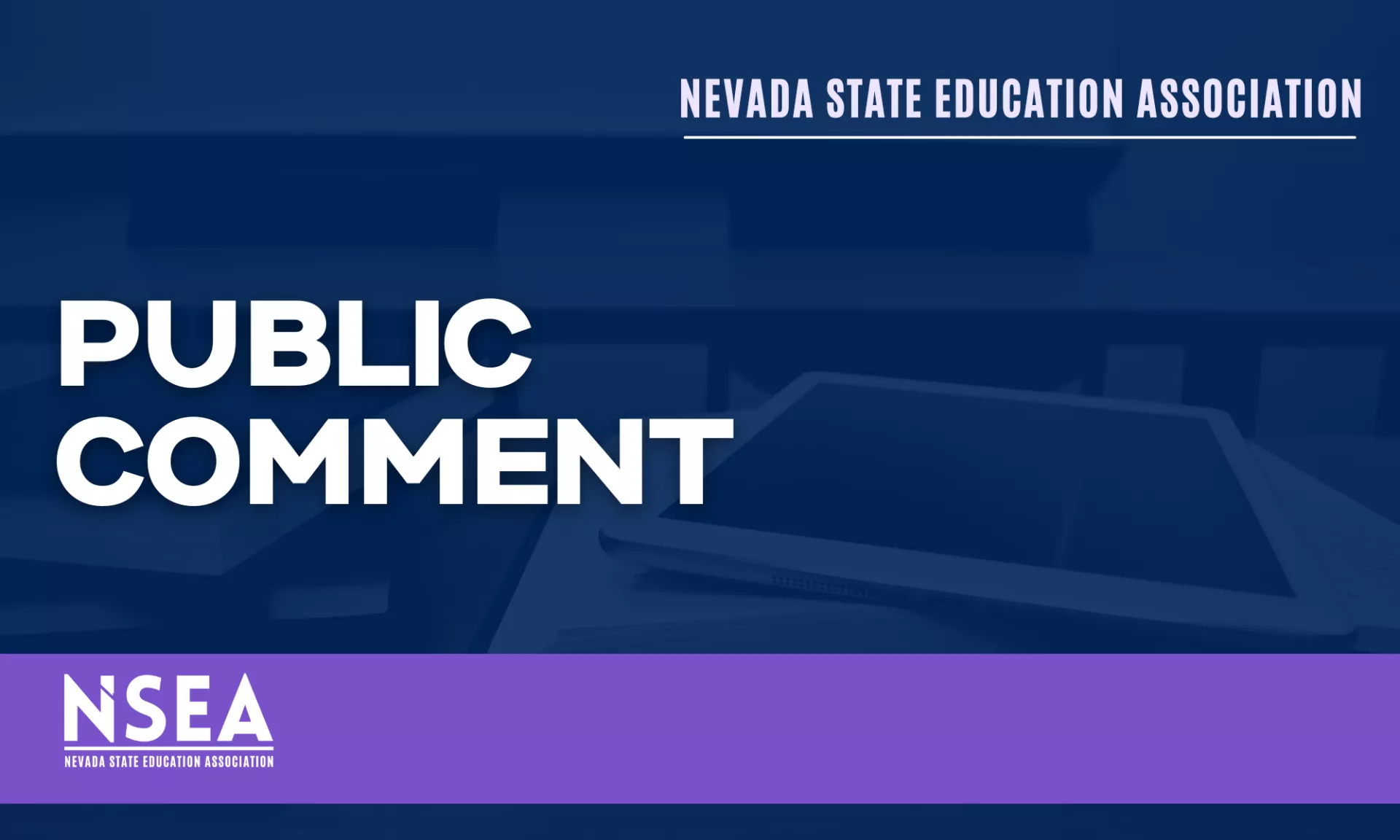Class Size
Common sense tells us—and research confirms it—the number of students in a class makes a real difference for students and educators alike. We know reducing class size has real benefits. For students, smaller class sizes can help close the racial achievement gap, lead to earlier identification of learning disabilities, improve high school graduation rates, improve student behavior, and allow for more engagement in lessons. For educators, smaller class size improves educator morale as it allows for more individual and differentiated instruction, less time on paperwork, and stronger classroom management, as teachers become more aware of individual students’ strengths or weaknesses. Smaller class sizes also means safer schools.
Variances
Since the introduction of class size reduction in Nevada, quarterly variances granted by the State Board of Education have been the norm. With the implementation of the new funding plan, this process merits increased scrutiny, as funds previously reserved for class size reduction have been rolled into base funding.
The September report from the Department of Education to your committee stated the following.
Of the 383 reporting elementary schools, 349 requested one or more variances – approximately 91%... Districts may report one or more reasons for their variance request including facility limitations, difficulty hiring, funding limitations, or other. 98% of all variance requests cited funding limitations... 97% of variance requests cited difficulty hiring, reflective of the increase in teacher shortages due to retirement, attrition, and decreases in recruitment and retention.
Time for 20!
A year ago, as Nevada was running record-high educator vacancies, NSEA launched Time for 20, calling for average class sizes of 20 students, a 20% educator raise, and a living wage of $20/hour for those who make schools run. NSEA has been calling on Nevada’s elected leaders to fund Time for 20, and time and time again, we have pointed to significant resources available. Last year, as the operations of our schools were imploding, with classes tripled up in auditoriums and buses not running, Nevada’s ending balance was $1.8B, and a surplus of $550M had accrued to the Education Fund. By comparison, a 20% across-the-board educator raise would cost Nevada about $650M/year. While some are now talking about the largesse of the proposed K12 budget for the next biennium, the truth is Nevada has had the money to address this crisis head-on for the better part of the past year, yet little has been done.
NSEA hopes the legislature fully digests reports like this one on class size reduction variances and the November report released by the Commission on School Funding. Hear the voices of Nevada educators, and take bold action now. It’s Time for 20!

